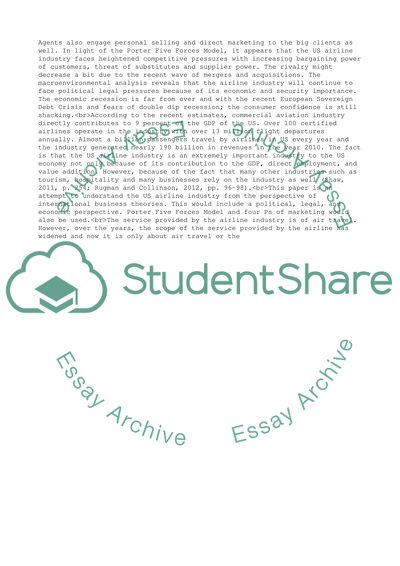Cite this document
(The US Airline Industry Essay Example | Topics and Well Written Essays - 1750 words - 1, n.d.)
The US Airline Industry Essay Example | Topics and Well Written Essays - 1750 words - 1. https://studentshare.org/business/1766107-the-us-airline-industry
The US Airline Industry Essay Example | Topics and Well Written Essays - 1750 words - 1. https://studentshare.org/business/1766107-the-us-airline-industry
(The US Airline Industry Essay Example | Topics and Well Written Essays - 1750 Words - 1)
The US Airline Industry Essay Example | Topics and Well Written Essays - 1750 Words - 1. https://studentshare.org/business/1766107-the-us-airline-industry.
The US Airline Industry Essay Example | Topics and Well Written Essays - 1750 Words - 1. https://studentshare.org/business/1766107-the-us-airline-industry.
“The US Airline Industry Essay Example | Topics and Well Written Essays - 1750 Words - 1”. https://studentshare.org/business/1766107-the-us-airline-industry.


